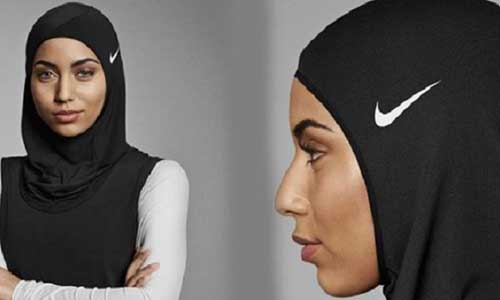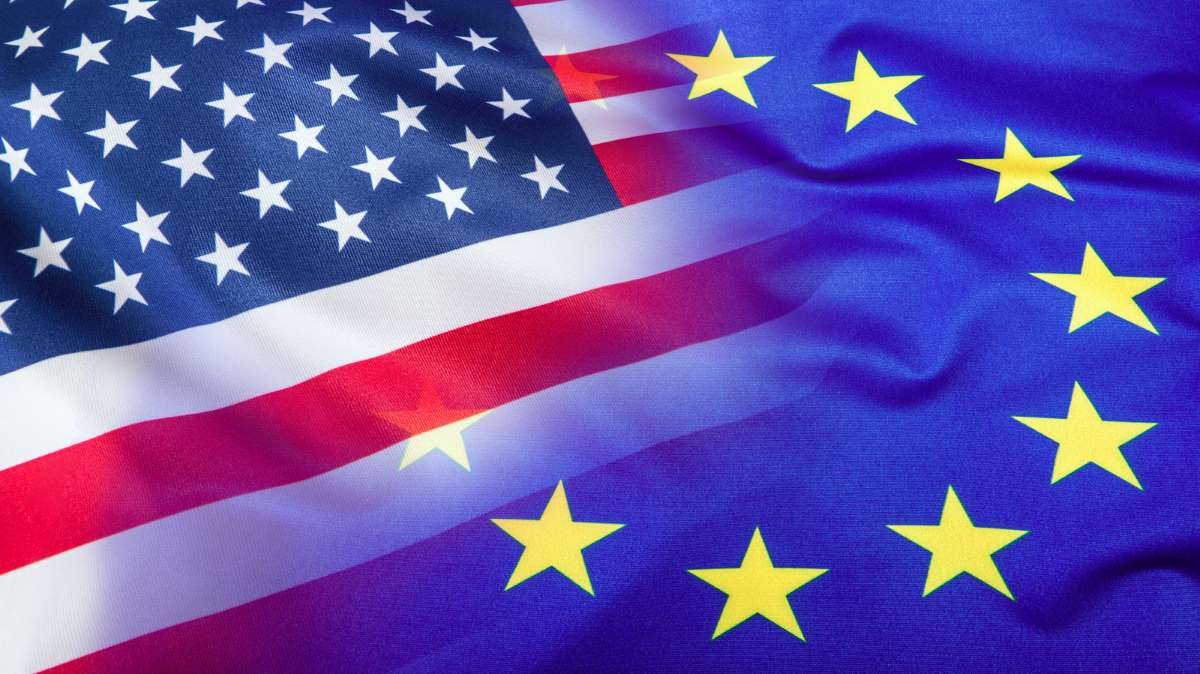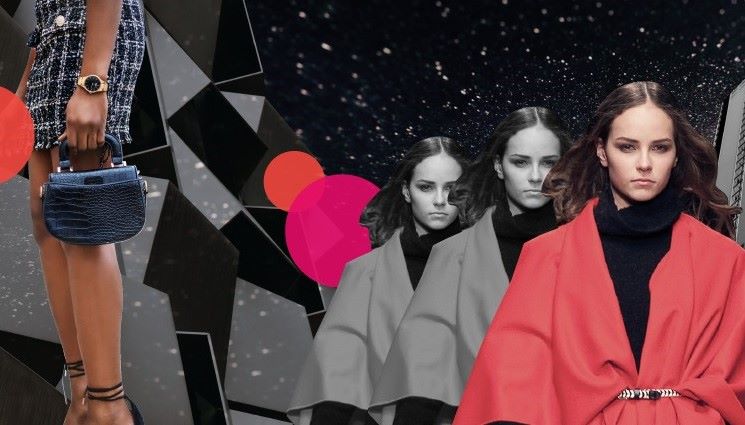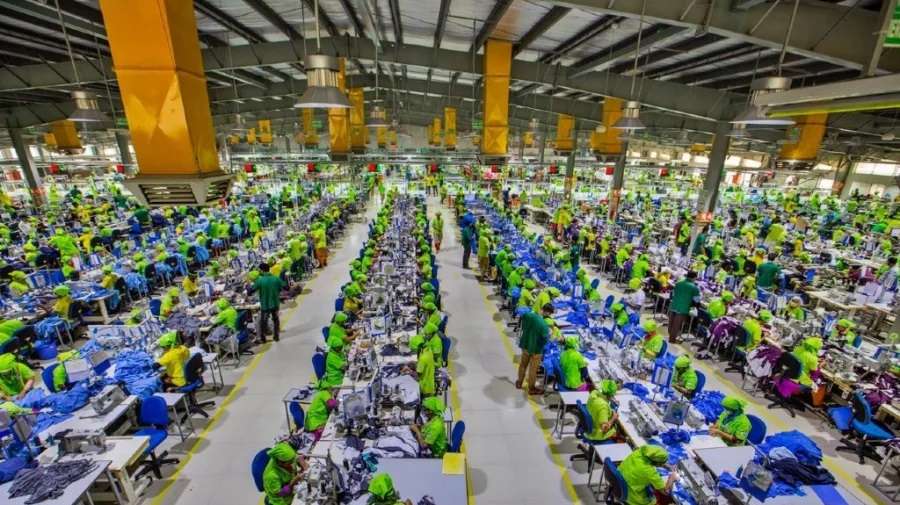"Muslim spending on fashion is expected to touch $488 billion by 2019. Nike, the well-known US sportswear company, recently introduced a sports hijab. The reaction to this was mixed: there are those who are applauding Nike for its inclusiveness of Muslim women who want to cover their hair, and there are those who accuse it of abetting women’s subjugation."

Muslim spending on fashion is expected to touch $488 billion by 2019. Nike, the well-known US sportswear company, recently introduced a sports hijab. The reaction to this was mixed: there are those who are applauding Nike for its inclusiveness of Muslim women who want to cover their hair, and there are those who accuse it of abetting women’s subjugation.
Nike, in fact, is not the first corporate brand to champion the hijab. Muslim women are indifferent to fashion. Nothing could be further from the truth that the research shows that Islamic fashion is a rapidly growing industry. The marketing of Islamic fashionable clothing, however, is older than the sports hijab

Islamic Fashion in general is understood as women wearing modest clothing with long sleeves, descending to the ankle and having a high neckline. The outfits are non-hugging, with some form of head covering that could be draped in a variety of styles. Women who prefer to wear pants combine them with a long sleeved top that covers the buttocks and has a high neckline, along with a head covering.
Islamic Fashion market growing
Today, Muslim fashion is a lucrative global industry with countries such as Indonesia, Malaysia and Turkey leading the way outside the western countries. In 2010, the Turkish newspaper Milliyet estimated the global Islamic clothing market to be worth around $2.9 billion.
The Global Islamic Economy report for 2014-2015 indicated Muslim consumer spending on clothing and footwear had increased to $266 billion in 2013. This represents a growth of 11.9 per cent of the global spending in a period of three years. The report predicted this market to reach $488 billion by 2019.
Talking about the Islamic brand the growth has had its share of controversies: many designers use the term Islamic for their clothing. Religious conservatives and Muslim scholars have raised questions about what types of apparel would fit that category and whether defining clothing as Islamic was even permitted or lawful by Islamic principles. The purpose of a hijab is to distract and move the gaze away from the body.
However, the Islamic fashion industry has managed to initiate marketing campaigns that capitalise on the very core of Islamic precept. In establishing a nominally Islamic brand, marketers make every effort to align their products with the core value of Islam.












